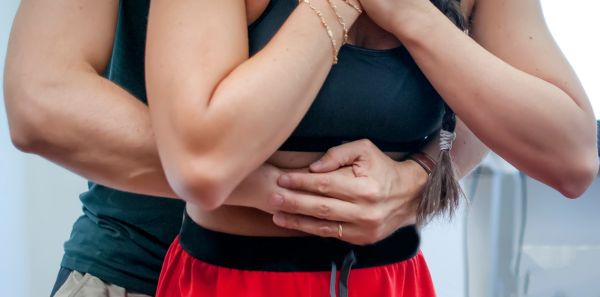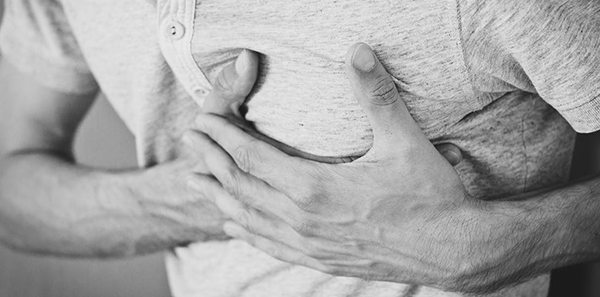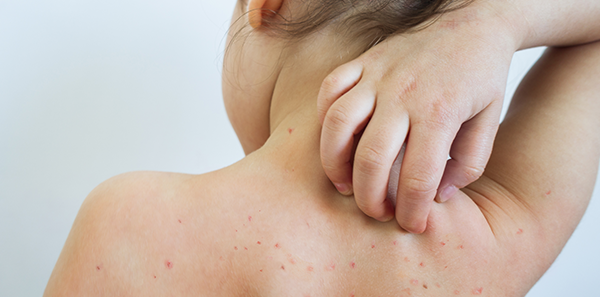
Choking is a fairly frequent accident that occurs when a foreign object “gets stuck” in the upper part of the throat, larynx, trachea or in the airways, hindering or obstructing airflow.
It usually happens when the swallowing mechanism fails and it can lead to suffocation and even death. In adults choking usually occurs due to food and in children due to inedible objects placed in the mouth or foods like cereals, nuts, grapes, olives, etc.
In most cases, the obstruction is usually partial and is manifested by coughing, noises, difficulty speaking, etc. In this case, the person should be made to cough so the object can be expelled. To do this, the body needs to be tilted forward.
If the obstruction is complete we need to act:
- Stay composed to keep the affected person calm.
- Call the emergency services (112).
- Putting yourself behind the person, pass one hand in front onto the chest to tilt it downwards a little, and with the other hand give 5 hard blows on the back between the shoulder blades.
- If the obstruction doesn’t move, proceed to perform the HEIMLICH MANOEUVRE which consists of 5 consecutive abdominal compressions.
Heimlich manoeuvre
Place yourself behind the person choking and pass your arms in front of them, below the chest. Clench one fist to the side, thumb out, and grip it tightly with the other hand. Place your hands in this position beneath the sternum, between the navel and the tip of the sternum. In this position, perform 5 strong, abrupt compressions directing the compression backwards and upwards.
If this technique fails, prepare to perform CPR (Cardiopulmonary Resuscitation) until the emergency services arrive.
For children over one year old, perform the same manoeuvres as for adults.
For infants (from 0 to 12 months), hold the baby on one arm face down, supporting the neck and jaw with the hand and with the other hand give 5 pats between the shoulder blades. If the object is not ejected, turn the infant over and perform 5 compressions with 2 fingers on the sternum. If this fails, proceed to CPR.












